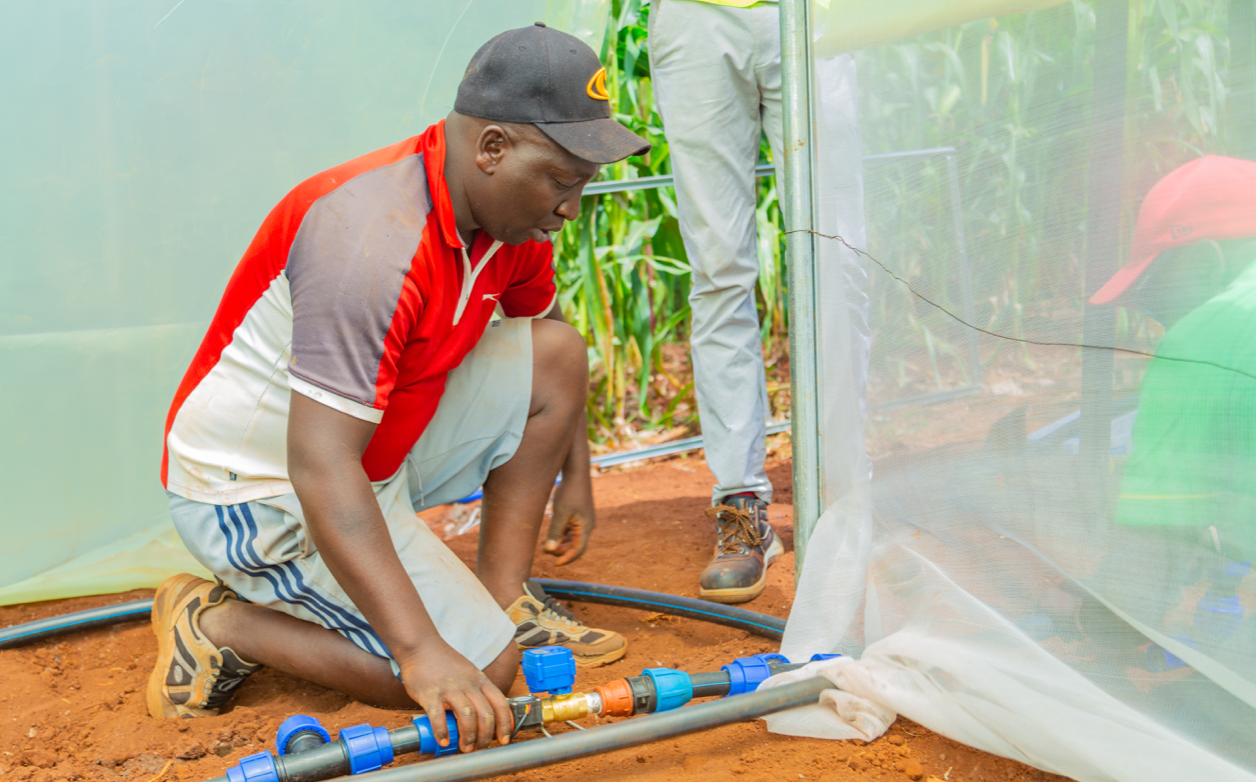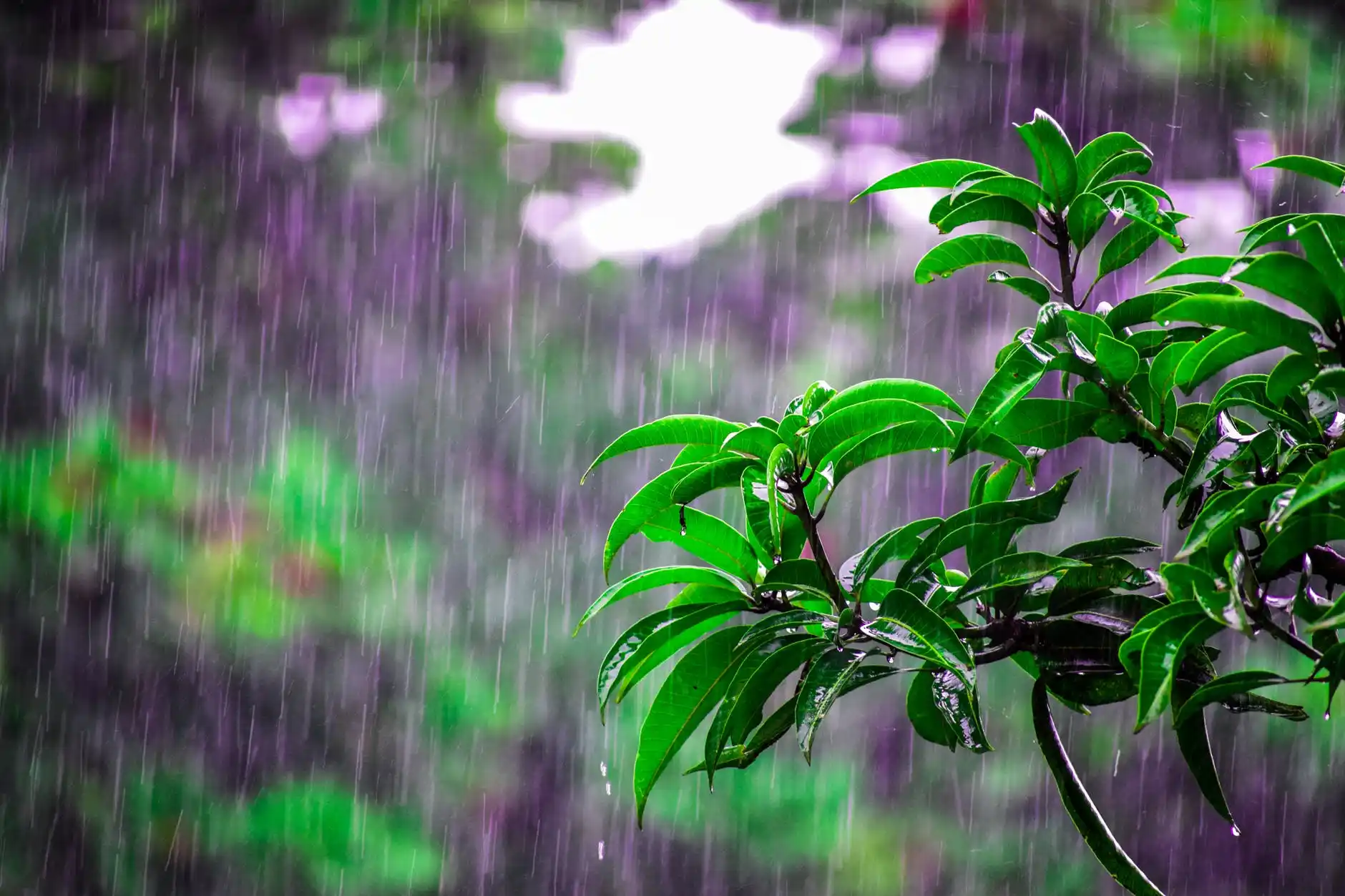The Impact of Climate Change on Smallholder Farmers

Hey there! Let’s talk about something that affects many farmers around the world: climate change. It’s a big deal, especially for smallholder farmers in developing countries. These farmers usually work on small plots of land, often with limited resources. As the weather changes, they face serious challenges that threaten their crops and livelihoods. So, how can we help them adapt?
The Challenges They Face
Smallholder farmers depend heavily on natural resources like soil and water. With climate change, things are getting tougher. Let’s break it down.
1. Unpredictable Rainfall
Imagine planting your crops just before the rainy season starts, only to have it not rain at all or rain too much. That’s what many smallholder farmers deal with. Erratic rainfall patterns can lead to crop failures and water shortages. For example, if a farmer in Africa plants maize hoping for rain, but then faces a drought, they might lose everything.
2. Soil Degradation
Now, think about the soil. Healthy soil is vital for growing crops. Unfortunately, climate change makes soil erosion worse. When topsoil washes away, it’s hard to grow anything. Many farmers can’t afford to use techniques that protect their soil, so they keep losing more and more. It’s like being stuck in a bad cycle—less fertile soil means less food, leading to more poverty.
Finding Solutions Together
Even with these tough challenges, there are ways to help smallholder farmers adapt to climate change. Here are some solutions that can make a real difference.
1. Climate-Resilient Crops
Some crops are developed to handle harsh conditions. For instance, drought-resistant maize and flood-tolerant rice can help farmers grow food even when the weather isn’t ideal. These crops are a game changer!
2. Agroforestry
This method involves planting trees and shrubs alongside crops. It’s a win-win! Trees help keep the soil healthy and conserve water while also providing shade for crops. Plus, they can store carbon and boost biodiversity. It’s like creating a mini-ecosystem on the farm.
3. Access to Climate Information
Information is power! By giving farmers access to weather forecasts and farming tips through mobile apps or text messages, they can plan better. For example, if a farmer knows a storm is coming, they can harvest early or secure their crops.
4. Adopting New Technologies such as Greenhouse
A greenhouse is a game-changer for smallholder farmers facing the impacts of climate change. It provides a controlled environment for growing crops, protecting them from extreme weather, pests and diseases. Greenhouses are the best solution to a farmers' high-value crops year-round, boosting yields and conserving water.

Synnefa is making this solution accessible by offering affordable greenhouses to farmers on an instalment plan. This approach empowers smallholder farmers to invest in sustainable farming without the heavy upfront cost, helping them adapt to climate challenges and increase their income.

Building a Resilient Future
To adopt to climate change is about preparing for tomorrow. We need to ensure smallholder farmers can keep feeding their communities.
To make this happen, everyone needs to pitch in—governments, NGOs and international organizations. They can help by providing money and training. For example, offering loans or insurance can give farmers the safety net they need to take risks and try new farming methods. They can also give grants and we accept such at Synnefa! 😜😜
Point to Note
Smallholder farmers are essential for feeding the world, especially in developing countries. They ensure food security and protect our environment for future generations. Together, we can make a positive impact!


